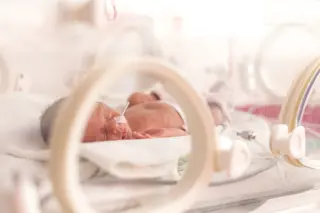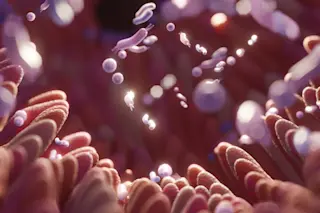It sounds like something out of science fiction: fetuses suspended in fluid-filled transparent bags, their blood flowing through a network of tubes hooked up to machines. But it’s not a speculative look at a dark future — research into artificial wombs is already underway, as a means of hopefully one day saving babies born too soon.
The idea of artificial wombs might conjure up scenes from movies like The Matrix, but it’s something humans have been mulling over for a century — English biologist J. B. S. Haldane coined the term “ectogenesis” (from the Greek for “outer” and “origin”) in 1923, and the concept played into the 1932 novel Brave New World. Scientists at Sweden’s Karolinska Institutet published diagrams on artificial wombs in 1958, and researchers in Japan and Korea made major strides in the coming decades.
Science fiction often depicts babies grown in artificial wombs from start to finish, ...














